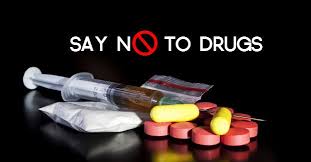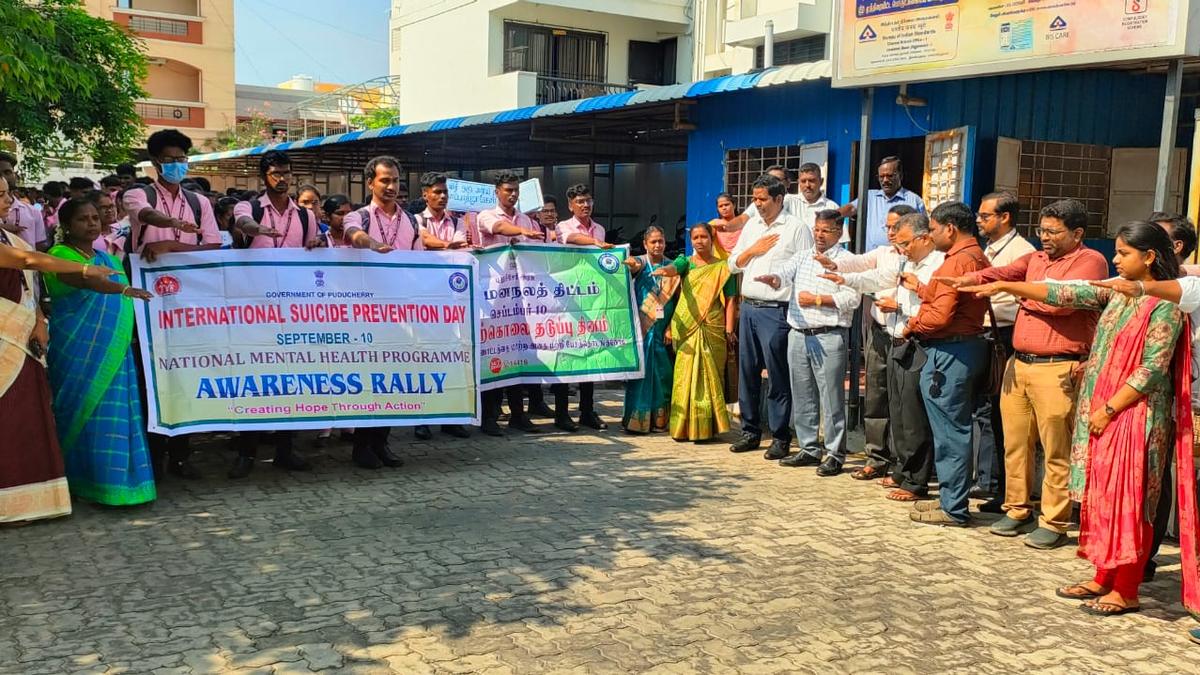By Ibe Wada
Copyright bizwatchnigeria

Drug abuse among Nigerian youths is worsening, with one in seven Nigerians aged 15–64 — roughly 14.4 per cent — reported as having used drugs in the past year, a prevalence that is almost three times the global average, experts told a health forum in Lagos.
The finding, drawn from the 2018 National Drug Use Survey carried out by the United Nations Office on Drugs and Crime (UNODC) in partnership with the Federal Government, underpinned the discussion at the Redeemed Christian Church of God (RCCG), Zion Chapel, Lagos Province 57, in Ikeja.
The forum — themed “Drugs and Substance Abuse: Any Hope for the Youth?” — convened medical doctors, narcotics officers, and academics to diagnose the epidemic, outline its drivers and press for urgent, joined-up action. Speakers included Dr Charles Davies, Medical Director of Brafus Specialist Hospital (panel moderator); Dr Henrietta Igbokwe, head of Pharmaceutical Microbiology and Biotechnology at the College of Medicine, University of Lagos; retired NDLEA Assistant Commander Dr Wale Ige; and Dr Yinka Anifowoshe, an anaesthetist at Gbagada General Hospital.
Experts said the pattern of substance use has shifted and broadened. Cannabis remains widespread, but the non-medical use of pharmaceutical opioids — particularly tramadol and codeine-based cough syrups — has surged. Other substances named by the panel included rohypnol, cocaine and methamphetamine. The UNODC survey and subsequent national analyses identify opioids and cannabis as the most prevalent drugs among young people.
Panelists pointed to a cluster of structural and social drivers. Peer pressure, glamorisation on social media, and influence from entertainers normalise drug use for many young people, the doctors said. Economically, high youth unemployment and limited opportunities push some towards substances as an escape from hopelessness or as a short-term coping mechanism. Mental-health problems — often undiagnosed and untreated — were also flagged as an important factor.
Retired NDLEA officials at the event emphasised weak regulation and porous borders as critical supply-side issues. Despite bans and tighter controls, codeine and tramadol remain widely available in markets and online, experts warned, creating an environment where supply outpaces enforcement. The wider security ramifications were also discussed: speakers linked drug misuse to higher levels of cultism, robbery and other violent crime.
Health, social, and economic costs
Clinicians at the forum described the medical consequences of prolonged misuse: brain injury, organ damage, mental illness and a rising toll of overdose and premature death. They also highlighted the social costs — school drop-out, ruined careers and family breakdown — and the macroeconomic burden of lost productivity. “Drug abuse is a silent destroyer; if nothing is done, we can lose a generation,” Dr Anifowoshe warned.
What prompted the church forum
Speakers and local reporting place the RCCG event within a broader wave of community and state responses to rising substance use. The RCCG’s outreach programmes — including the LightUp Lagos initiative — and periodic Lagos State health campaigns have sought to combine awareness, prevention and rehabilitation activities in recent months. The church said the annual health talk, now in its ninth year, is intended to promote “total human welfare” and to support local outreach to vulnerable youths.
Experts’ prescription
Panelists called for a comprehensive, multi-sectoral response: strengthen regulation and border controls to reduce illicit supply; scale up evidence-based prevention in schools and communities; expand mental-health services and vocational training to tackle demand-side drivers; and prioritise rehabilitation and reintegration over punitive approaches for users, particularly young people. These prescriptions align with international guidance that stresses treatment, recovery, and social inclusion as more effective long-term strategies than incarceration alone.
Prevalence and data: The 2018 UNODC/Federal Government national drug use survey estimated past-year prevalence at c.14.4 per cent (about 14.3 million people aged 15–64). This figure is widely cited in academic and policy literature and contrasts with a 2016 global prevalence of approximately 5.6 percent.
Substances implicated: Cannabis and non-medical use of opioids (tramadol, codeine) are consistently reported as the most common drugs; stimulant and designer-drug use is also reported in specific surveys.
Drivers and responses: Peer pressure, unemployment, poverty, social media influence, weak regulation and mental-health gaps are repeatedly identified in UNODC, academic and local reporting as root causes; policy guidance emphasises evidence-based prevention, treatment and rehabilitation.
If by asking “research to know if anyone has own this record in the world before” you meant to ask whether a similar national prevalence or a formal “record” exists elsewhere: the UNODC data show Nigeria’s level is unusually high relative to the global average and is treated in reports as a national burden rather than a record to be held; there is no meaningful “record-holder” framing for prevalence figures. If you meant something different by “record,” tell me and I’ll follow up with targeted checks.



